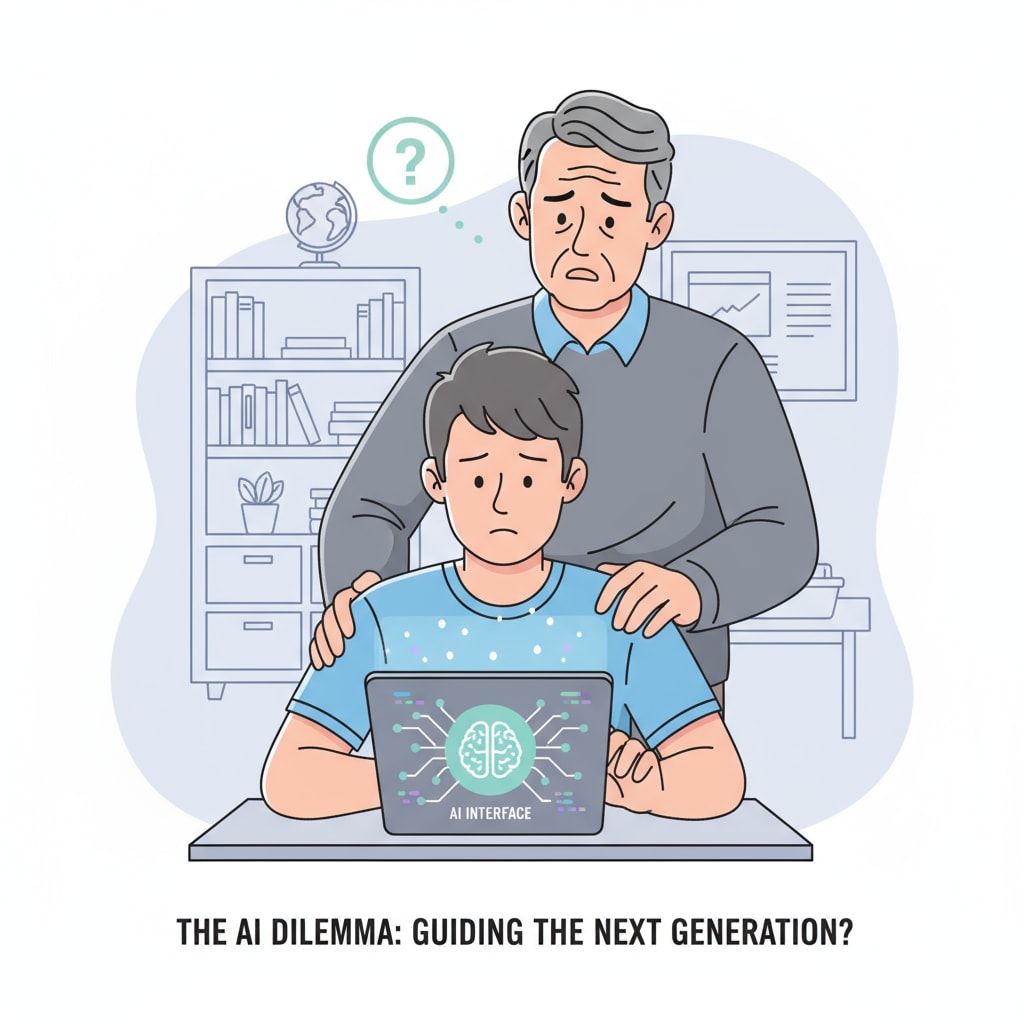Children’s AI use, AI avatars, and parents’ concerns are at the forefront of discussions in today’s digital age. As artificial intelligence becomes increasingly integrated into our lives, it’s no surprise that children are starting to explore this exciting new frontier. Take, for example, a 9-year-old girl who has been teaching herself how to create with AI. This case highlights both the potential benefits and the risks associated with kids’ exposure to AI technology.

The Allure of AI for Children
AI offers a world of possibilities for children. It can be a powerful tool for creativity. For instance, through AI art generators, kids can bring their wildest imaginations to life. They can create unique AI avatars that represent their personalities. Moreover, AI can also enhance learning experiences. There are educational apps powered by AI that can adapt to a child’s learning pace, making the process more engaging and effective. According to Educause, AI in education is revolutionizing the way students learn.
Parents’ Concerns: Safety and Privacy
However, parents have valid concerns. One major worry is privacy. When children use AI platforms, especially those related to creating AI avatars, personal information may be at risk. There’s a fear that data could be misused or shared without proper consent. Another concern is the quality of content that children might be exposed to. Some AI-generated content could contain inappropriate elements. As reported by Common Sense Media, ensuring children’s digital safety is a top priority for parents.

To address these concerns, parents can take several steps. First, they should educate themselves about the AI tools their children are using. Understanding the privacy policies and features of these platforms is crucial. Second, parents can set clear rules and boundaries for their children’s AI use. This includes limiting the time spent on AI-related activities and specifying what types of content are acceptable. Third, it’s important to have open conversations with children about digital safety and privacy.
Readability guidance: By following these steps, parents can help their children make the most of AI while minimizing the risks. It’s all about finding the right balance between fostering creativity and ensuring a safe digital environment.


